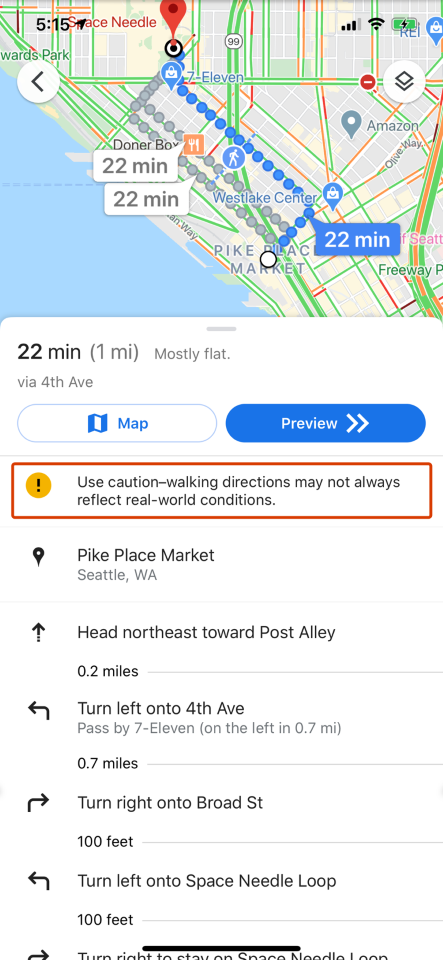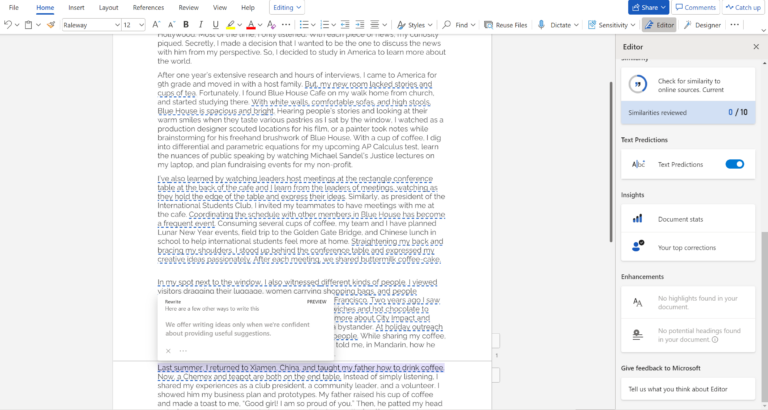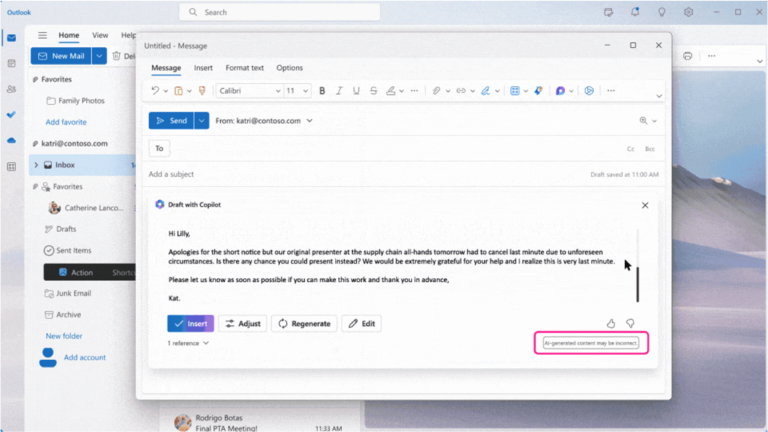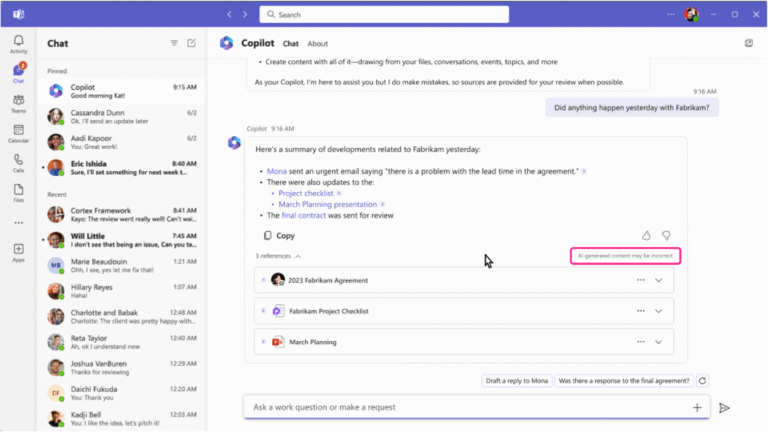Problem
The user needs to form realistic expectations about how well the system can do what it can do.
Solution
Alert the user of known or anticipated issues with system performance.
Use when
- The absence of an alert could cause harm to the user, ranging from user frustration and inconvenience to physical danger.
- The user needs actionable information about low -performance conditions. Actionable information may include what conditions to rectify for improving system performance; whether to increase user supervision of the system (see Guideline 9); or not using the system until conditions improve.
- G02-C: Report system performance information is insufficient or too general for alerting the user of a specific low-performance condition.
- The system or feature is still in an early phase of learning/development (e.g., “beta version”).
- Low or decreased system performance is known and can be anticipated.
How
Distill the most important information from G02-C: Report system performance information about the most probable low performance conditions. For example, identify:
- Contexts where AI system performance is known to drop.
- Known and/or anticipated issues with system performance.
- What context changes or additional information within the user’s control, if any, (e.g., missing sensor data) would help improve system performance.
Collaborate with an AI/ML practitioner to detect these low- performance conditions in real time (if possible) and alert the user when the likelihood of underperformance is high.
Match the alert style (e.g., subtle or urgent) to the potential consequences for the user, which can range from user frustration and inconvenience to physical danger.
User benefits
- Prevents harms to the user.
- Provides relevant, contextual information about specific aspects of system performance.
- Enables the user to make informed decisions about specific conditions when to use or trust the system.
- Enables the user to take action to improve system performance under specific conditions.
Common pitfalls
- The alert has too little or no actionable information, leaving the user unsure of how to proceed.
- The alert has too much information for the user to consume in the moment






